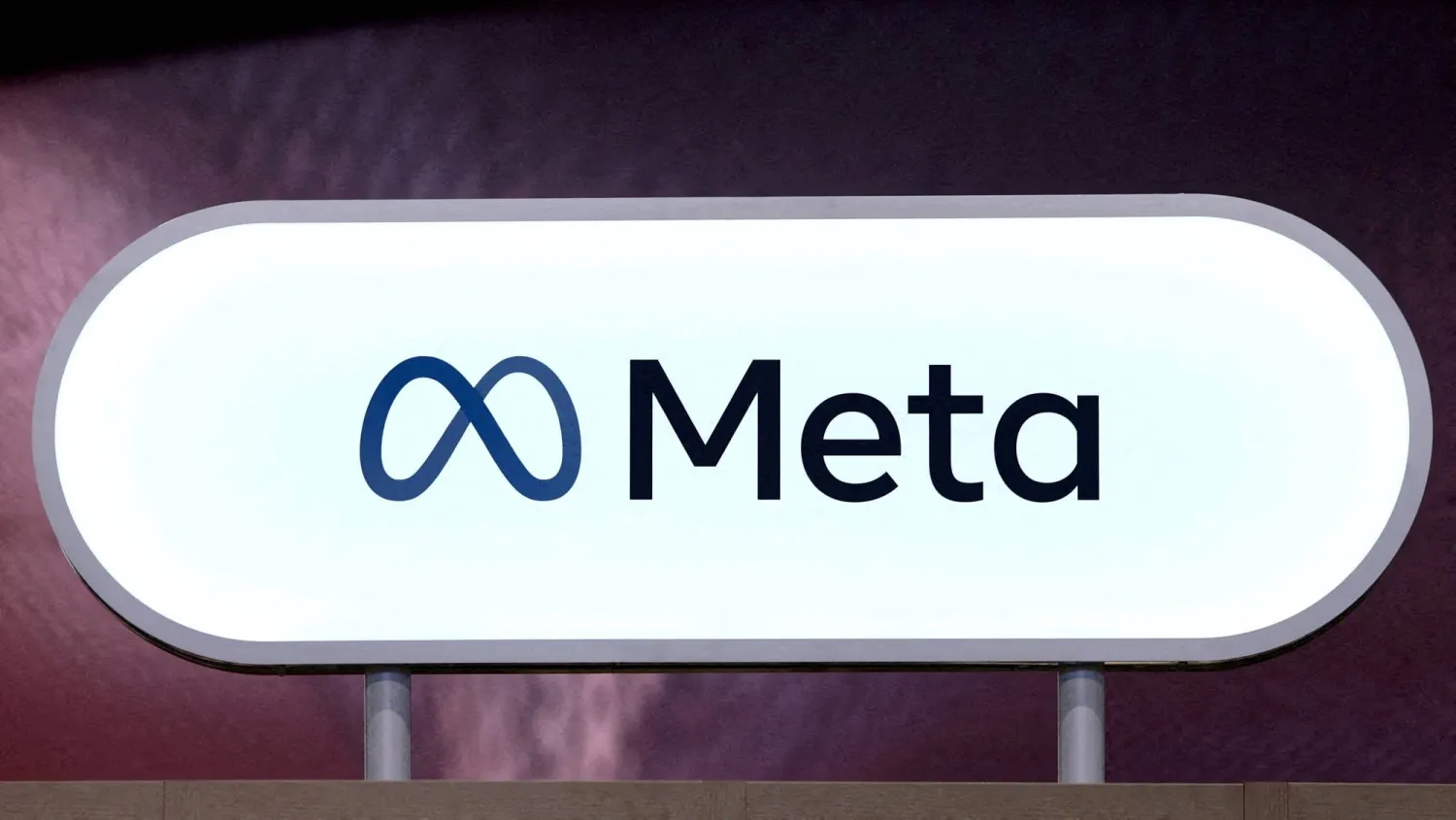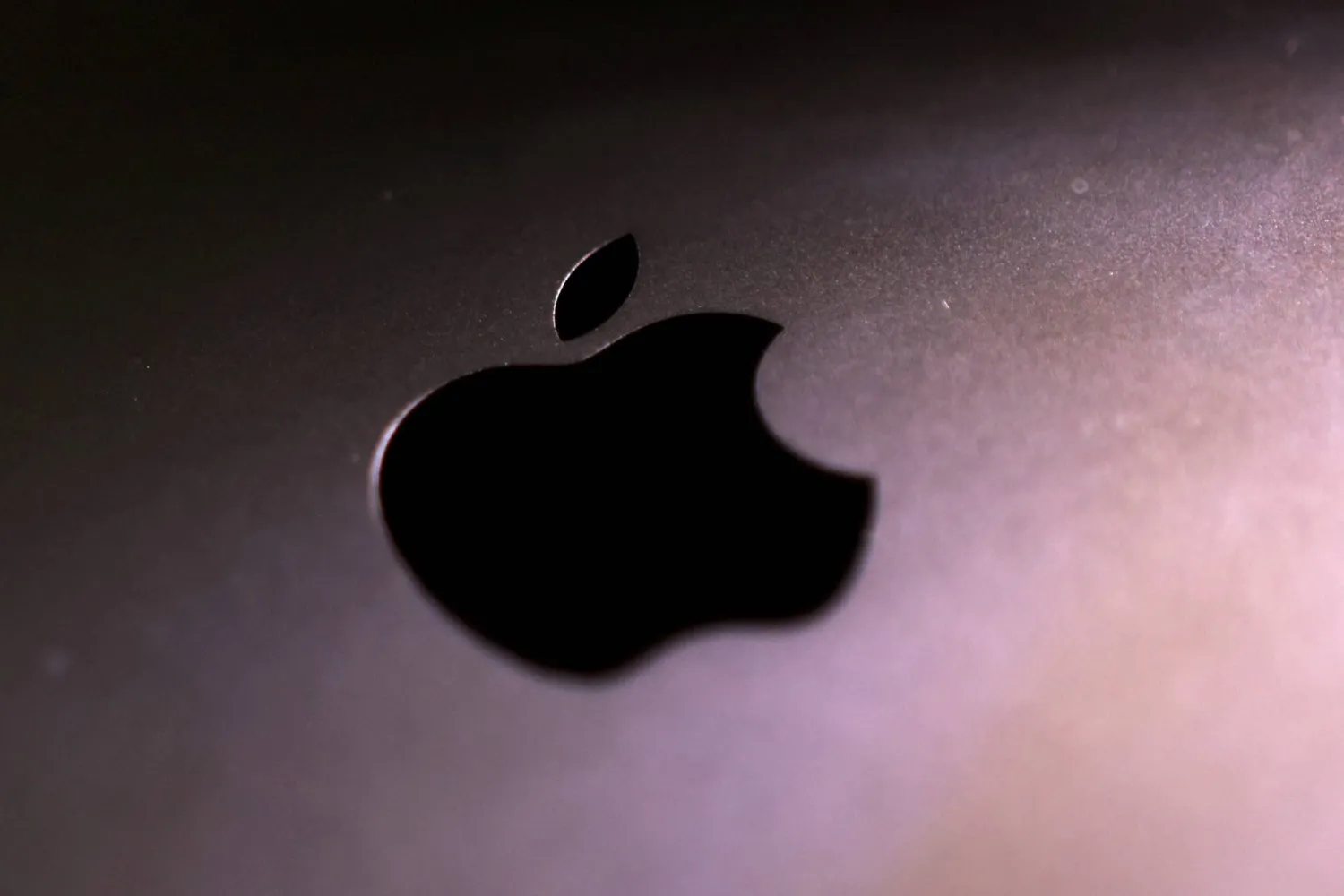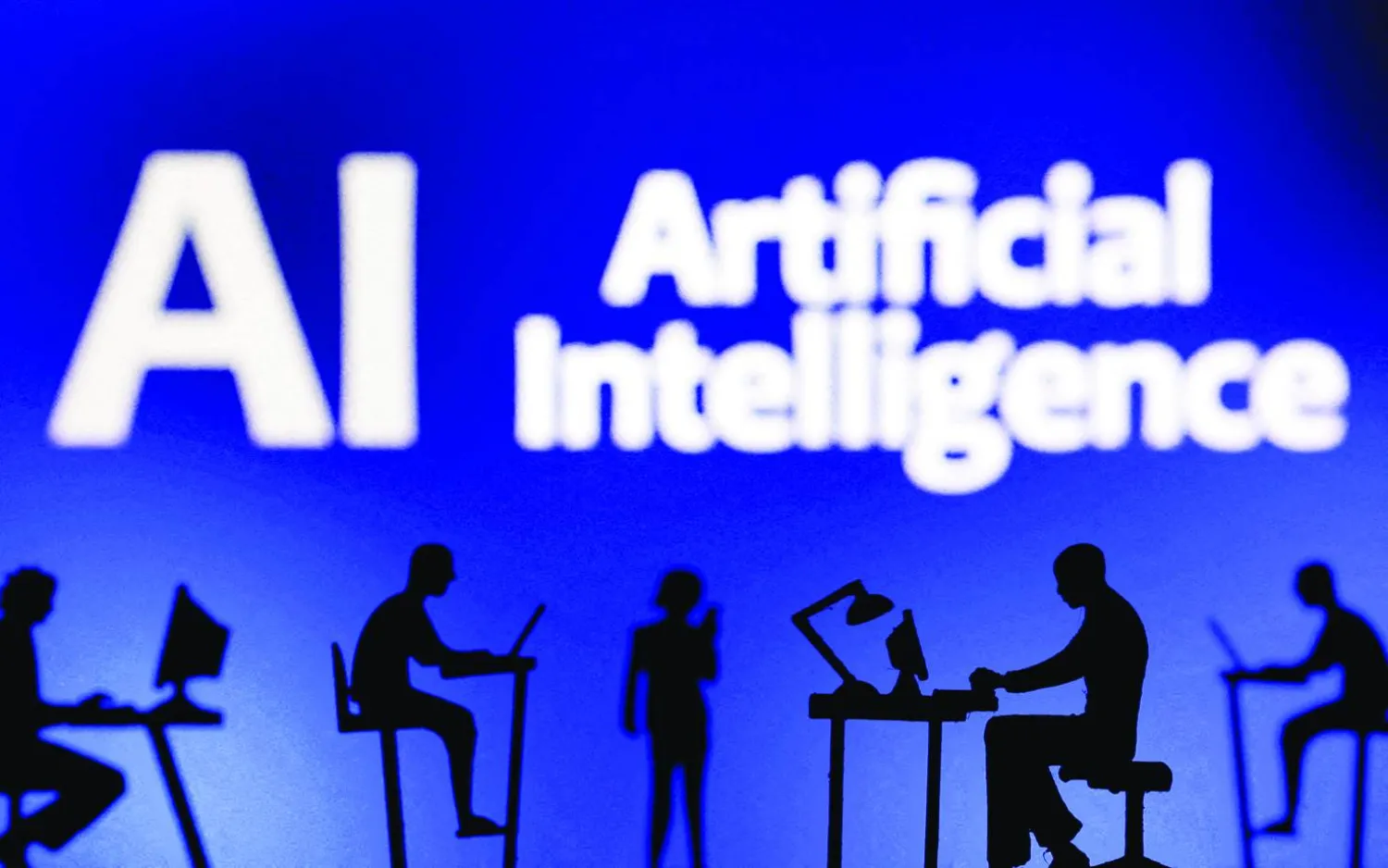Japan's famed cherry trees are getting old, but a new AI tool that assesses photos of the delicate pink and white flowers could help preserve them for future generations.
The "sakura" season is feverishly anticipated by locals and visitors alike, with the profusion of the stunning blossoms marking the start of spring.
But many of the trees are reaching 70 to 80 years old, well beyond their prime blooming age.
This means increasing costs to tend to the trees and maintain popular flowering spots.
To help authorities identify ailing specimens, brewing giant Kirin developed a tool called Sakura AI Camera.
It tells users the condition and the age of the trees based on photos they take with their smartphones and upload them to a website.
A five-point scale -- only available in Japanese for now -- ranges from "very healthy" to "worrying".
A tree with healthy flowers blooming densely all the way to the tips of the branches gets top marks.
The artificial intelligence tool has been trained using 5,000 images of cherry trees with the help of experts.
The photos are then mapped on the Sakura AI Camera website with details such as tree condition and location.
"We heard that the preservation of sakura requires manpower and money and that it's difficult to gather information," Risa Shioda from Kirin told AFP.
"I think we can contribute by making it easier to plan for conservation," she said.
About 20,000 photos have been collected since the launch last month, with the data available online for free for local authorities.
- Worth a million -
According to Tokyo's Meguro Ward, famous for its riverbanks lined with cherry trees, replanting a new one costs around one million yen ($6,800).
Hiroyuki Wada of the Japan Tree Doctors Association, who inspects cherry trees in major spots in Tokyo, helped supervise the AI tool.
He said he hopes that it will help experts study the environmental reasons behind the degradation of some of the trees he sees.
In part, he blames climate change.
"I'm very worried. Changes in the environment are usually gradual, but now it's visible," he told AFP.
"There are impacts from the heat, and of course the lack of rainfall," he said.
"The age of the trees naturally makes the situation more serious," he added.
Japan's weather agency said in January that last year was the hottest since records began, like other nations.
Kirin began donating some of its profits for the preservation of cherry trees last year, as a way to "pay back" to the communities.
Cherry blossoms symbolize the fragility of life in Japanese culture as full blooms only last about a week before the petals start falling off trees.
The season is also considered one of change as it marks the start of the new business year, with many university graduates starting their first full-time jobs and older colleagues shifting to new positions.









